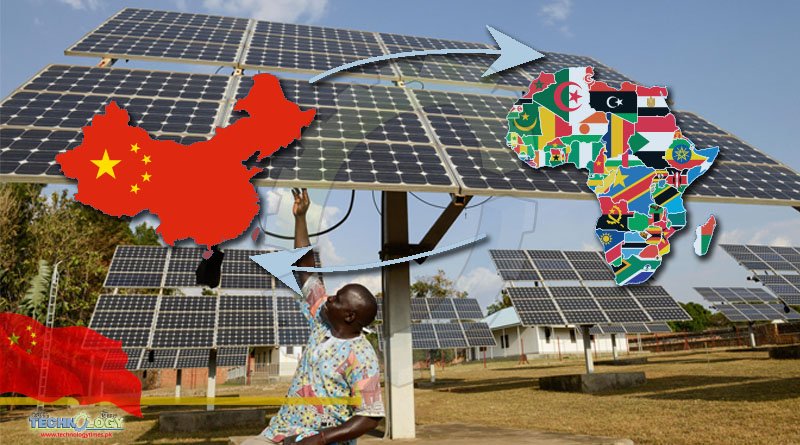Developing clean energy and constructing a modern energy system are both critical for Africa, according to Wei Hanyang, a power market analyst.

The largest wind power project in South Africa (SA), built by China Energy Investment Corp., has alleviated the country’s energy shortage—a major impediment to the continent’s industrialization. Analysts believe it has also aided South Africa’s low-carbon transition.
Since its inception in 2017, the De Aar wind power project— South Africa (SA)’s first wind power project financed, built, and operated by a Chinese company—has generated 760 million kilowatt-hours of clean energy. According to its operator, China Longyuan Power Group Corp. Ltd., a subsidiary of CEIC, this is equivalent to 215,800 metric tonnes of standard coal.
It will not only meet the power needs of more than 300,000 households, but will also optimise the local energy structure while facilitating South Africa’s green and low-carbon transition, which has been plagued by frequent blackouts, according to the company.
According to the CEIC, the wind farm has generated over 2 billion kWh since it began commercial operation on October 31, 2017. Developing clean energy and constructing a modern energy system are both critical for Africa, according to Wei Hanyang, a power market analyst.
Wei stated that China has been a staunch supporter and important partner of Africa on the path of green development, and that in recent years, both China and African nations have made new energy and green development a focus of their cooperation.
“Energy development has long been a focus of China-Africa cooperation, while renewables play an increasingly important role in new investments,” he said.
While construction costs remain high, he expects more state-owned and private investors to flock to the African continent once the renewables tariff model is finalised.
According to China’s National Development and Reform Commission, over 100 clean energy and green development projects have been implemented under the framework of the Forum on China-Africa Cooperation’s top economic regulator. These projects have significantly contributed to the sustainable development of Africa, officials said.
According to Luo Zuoxian, head of intelligence and research at the Sinopec Economics and Development Research Institute, clean energy is a new area of common interest and growth for China-Africa cooperation.
As the Belt and Road Initiative deepens and the FOCAC demonstrates its potential, China and Africa will continue to expand their clean energy cooperation, innovating in collaborative models and enriching those models in order to realise the vision of a green Africa, according to Luo.